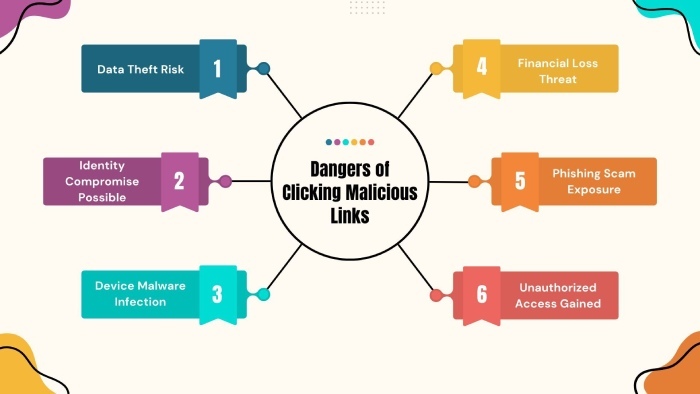Sender Policy Framework (SPF) is the foundation of your email security setup, and if SPF is not configured properly, all your efforts to protect your outgoing emails will fall apart.
An SPF record is one of the most crucial aspects of SPF configuration; it basically includes a list of all the servers and services that are allowed to send emails on behalf of your domain. For instance, your company’s primary domain, CRM platforms, and financial services, etc. Basically, any service that sends emails on your behalf should be listed in your SPF record.
If you skip anything from this list, or your record is outdated or incorrectly set up, things start to go wrong. When we say things can go wrong, we mean that your emails might not reach their destination, or worse, they could be marked as spam.
But, there’s more to a broken SPF record than just missing entries. In this article, we will take a look at what a broken SPF record means and how it impacts your overall security.

What is a broken SPF record?
For your SPF record to perform the authentication task, it needs to be in a specific format and include a list of all the servers that are allowed to send emails on behalf of your domain. So, anything that does not meet these criteria, be it a missing entry, an incorrect syntax, or configuration mistakes, makes the SPF record broken.
Let’s dig deeper to understand what determines the invalidity of an SPF record:
- Missing authorized senders – Failing to include all services that send emails on your behalf can cause SPF checks to fail.
- Incorrect syntax – Even a small typo or misplaced character can break the SPF record.
- Multiple SPF records – Having more than one SPF record for a domain invalidates all of them.
- Too many DNS lookups – SPF allows a maximum of 10 DNS lookups; exceeding this limit causes failure.
- Incorrect mechanisms – Using outdated or incorrect mechanisms like “+all” weakens or breaks the record.

What happens when your SPF record is broken?
As we mentioned earlier, the SPF lays the groundwork for your email security, and if there are problems with it, everything else will fall like dominoes.
Authentication failures
When your SPF record is broken, the email servers cannot confirm that the email is indeed coming from you, and if the authentication fails at the first step itself, your genuine emails are more likely to be marked as spam, rejected, or not delivered at all.
Open the doors to phishing attacks
If you don’t authorise your sender addresses in the SPF record, cybercriminals will seize this opportunity to send phishing emails that appear to come from your domain and dupe your customers or employees into sharing sensitive information or clicking malicious links.

DMARC failures
Since SPF and DMARC work closely together to protect your emails, if your SPF record is broken, it can cause the latter to fail as well. When that happens, even legitimate emails from your domain might get sent to spam or be blocked, especially if your DMARC policy is set to ‘quarantine’ or ‘reject’.
Still need a good enough reason to update your SPF record? Let our team at AutoSPF help you with all your SPF woes. Contact us today!






